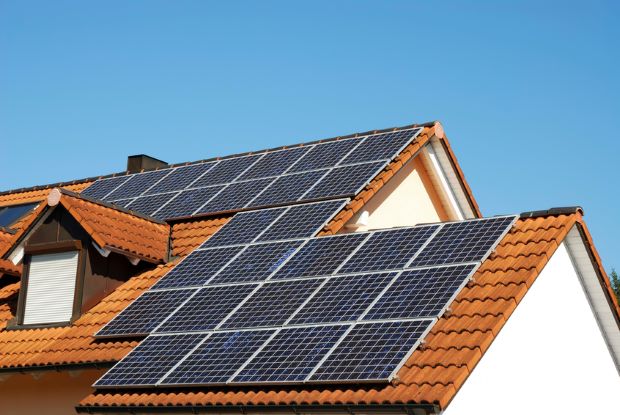COLOMBO – Sri Lanka may again see solar power-linked grid instability early next year when demand falls, Energy Minister Kumara Jayakody warned, outlining the investments being made to counter the problem over time.
“We have received warnings of grid instability early next year, just like this year, due to low demand and high solar power,” Minister Jayakody told parliament.
Sri Lanka was hit by a so-called ‘Sunny Sunday blackout’ last year, when the grid could not recover from a wild animal intrusion due to a lack of sufficient inertia from rotating generators.
Unlike thermal plants or large hydropower plants, rooftop solar cannot be switched off centrally to balance supply with falling demand from power failure.
In countries like the US, squirrels are the most common wild animal trigger for failure, though in Sri Lanka’s case, it was a monkey.
Sri Lanka has connected 800 megawatts of solar, mainly rooftop, up to October 2025, up from 533MW last year, and by the end of 2025, 900 to 1,000 MW may be connected, Minister Jayakody said.
Last year, during holiday periods, the Ceylon Electricity Board (CEB) restricted solar power purchases from larger suppliers to maintain grid stability.
Solar power businesses protested the move, saying they wanted take-or-pay contracts like in Africa to enable them to service capital investments.
Sri Lanka needs several billion dollars of investments to safely accommodate more intermittent renewables on the grid. One solution to the problem is battery storage during the daytime, when solar supply is high.
Sri Lanka is now evaluating private investment projects on a build, operate, transfer basis for 160MW/640MWh to fix battery storage systems at 16 locations of the grid.
Batteries can collect power during the daytime and deliver at night, and can also react intravenously to voltage disruptions, when part of the grid fails, unlike rooftop solar, which cannot be switched off.
The BOO battery tenders indicated a price of around 17 rupees to store and supply electricity at night, Minister Jayakody said.
A tender for the CEB to build its own batteries using the Asian Development Bank also closed this week.
Rooftop solar is also not visible to system controllers, and they cannot accurately measure changes when clouds or rain reduce solar power.
The CEB is planning to install 200,000 smart metres around the country, Minister Jayakody said, explaining that around 2,000 metres covering around 650 MW will be installed by around March 2026.
-economynext.com



Comments are closed, but trackbacks and pingbacks are open.